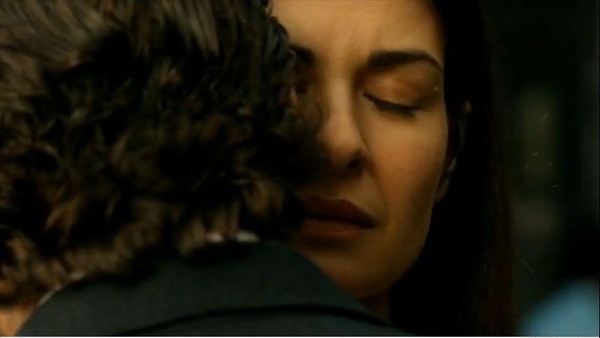
The Oscar-Winning Secret Is in the Details
What makes a story work? Watching the multimedia stage show The Closest Farthest Away and the Oscar-winning film The Secret in Their Eyes last weekend gives some clues.
Both pieces were lovingly made and presented: Closest Farthest by a coalition of passionate local groups including the Miami Light Project, Fundarte, Centro Cultural Español, and the University of Miami; Secret by the Miami International Film Festival, whose organizers were nearly as ecstatic as director Juan Jose Campanella was when he won this year’s best foreign picture Oscar earlier in the week. Each piece made its U.S. debut right here in Miami.
There were fans in each audience. At the end of Closest Farthest, the row in front of me started chanting “better than Avatar!” In a flash, I realized why I was so disappointed in the production. Exactly like Avatar, Closest Farthest introduces technological wizardry (in this case an actor on stage performing with a cast that was filmed in Cuba), while relying on a thread bare love story in a familiar political context. For some, the wizardry is enough, but for me anyone, the predictability of the tale quickly grew dull, as did the use of the most obvious references from Afro-Cuban culture. Clearly full of wonder at what they “discovered” in Cuba, the project’s creators were eager to hear how a Miami audience would receive the play. In a city so full of complicated tales of compromise, memory, and loss, this one barely skims the surface of so many loves, so close, yet so far.
The Secret in Their Eyes also treads familiar territory, at least for Argentines and Argentophiles like me. We have a typical noir mystery with another set of photos of a beautiful, battered woman without any clothes. It’s set in the mid-70s, in the year’s after Peron’s return that lead with increasing violence to the military regime of 1976. That political landscape makes the plot possible, with the murdered discovered in the middle of the film, only to be freed to serve as muscle for the fascist rulers. In a departure from typical noir, the detective here is in love not with the dead girl, but with the state’s attorney — and with the idea of pure love he sees in the eyes of the dead woman’s husband.
What makes this film a treasure, and a completely justified Oscar-winner (to all the haters who have been writing that the French and German choices should have won — see the film, then we’ll talk), is the rich detail with which the plot unfolds. The dialogue is some of the best I’ve heard on stage or screen anywhere for quite some time. There is pathos, there are star-crossed lovers, there is history, there are even a lot of laughs. In the talk-back afterward, Campanella introduced his influences as the gritty American films of the ’70s and Italian comedies. He makes that hybrid work, because he knows that neither politics, nor crime, nor love in an of itself makes a story, but the details that makes each act, whether brutal or tender, unique.
Recent Content
-
Artsarticle ·
-
Artsarticle ·
-
Artsarticle ·
